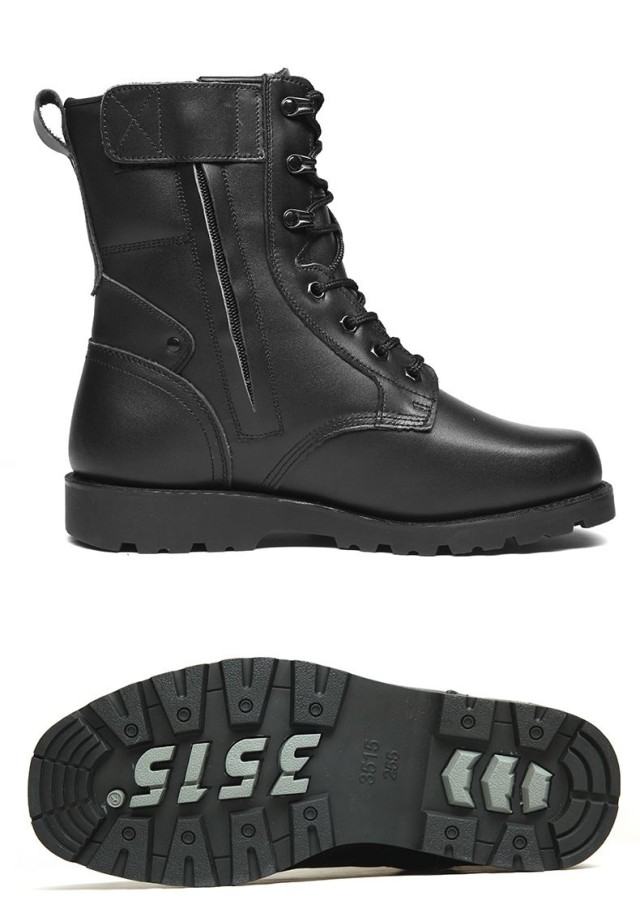Winter demands footwear that adapts to constantly shifting ground conditions—from slick urban pavements to unstable mountain trails. The engineering behind snow boot outsoles combines material science with biomechanics to create reliable traction systems. Let’s examine how these designs address specific winter challenges and how to match them to your needs.
The Science of Winter Traction
Material Composition and Cold-Weather Flexibility
Outsole materials must balance hardness for durability with flexibility for grip. Research shows that overly rigid rubber becomes brittle in sub-zero temperatures, reducing surface contact. Conversely, softer compounds (like vulcanized rubber) maintain pliability, conforming to uneven terrain for better friction.
Key considerations:
- Temperature thresholds: Optimal rubber formulations retain elasticity below -20°C.
- Hydrophobic properties: Materials that repel water minimize ice adhesion.
Tread Patterns: Geometry vs. Surface Interaction
Tread design dictates how boots channel snow, displace water, or bite into ice:
- Multi-directional lugs (angled grooves) prevent lateral slipping on slopes.
- Micro-treads (tight, shallow patterns) excel on packed snow, while deep lugs (6–8mm) claw through loose powder.
- Siping (thin slits in rubber) increases edges for ice contact, akin to tire treads.
Real-World Performance Breakdown
Case Study: Urban Ice vs. Mountain Snow Trails
- Urban settings: Boots with densely spaced sipes and moderate lugs (3–5mm) outperform on polished ice, as seen in ASTM F2913 slip-resistance tests.
- Backcountry terrain: Aggressive, self-cleaning lugs prevent snowballing underfoot, critical for steep ascents.
How Brands Test Outsole Effectiveness
The ASTM F2913 standard evaluates slip resistance on wet/icy surfaces. Top-performing outsoles achieve:
- Coefficient of friction (COF): ≥0.4 on ice (qualifying as "high traction").
- Abrasion resistance: Maintains grip after miles of use.
Choosing Your Grip Profile
When Deep Lugs Outperform Micro-Treads
Prioritize deep lugs if you:
- Trek through fresh snow or mud.
- Need uphill propulsion (lugs act like cleats).
Micro-treads suit:
- Daily commutes on compacted snow.
- Mixed surfaces (e.g., transitioning from pavement to icy stairs).
The Role of Heel Braking Zones in Slope Descents
Boots designed for alpine use often feature:
- Extended heel lugs: Absorb impact during downhill steps.
- Staggered treads: Slow momentum by increasing ground contact time.
Ready to equip your clients with winter-ready footwear? 3515 partners with distributors and brands to deliver engineered outsoles for every winter scenario—from city streets to backcountry expeditions. [Contact us] to discuss bulk solutions tailored to your market’s demands.
Engineered traction isn’t just about materials—it’s about understanding how each element works in harmony to keep you upright.
Related Products
- Durable Steel Toe Safety Boots Wholesale & Custom Manufacturing
- Wholesale Durable Safety Boots Manufacturer Customizable Steel Toe Work Boots
- Wholesale Slip-On Safety Boots Manufacturer - Custom Puncture-Proof & Steel Toe
- Custom Wholesale Leather Safety Boots Direct Factory Manufacturing
- Wholesale Durable Safety Boots | Custom Steel Toe & Puncture-Resistant Manufacturing
Related Articles
- How to Choose Safety Footwear for Electrical Hazard Jobs: Steel Toe vs. Composite Toe
- Matching Men’s Work Shoe Safety Technologies to Workplace Hazards
- Steel Toe Work Boots: Balancing Safety and Comfort for Demanding Jobs
- How Modern Steel Toe Boots Achieve Safety Without Sacrificing Comfort
- How Safety Standards for Steel Toe Boots Protect Workers Beyond Impact Resistance



















